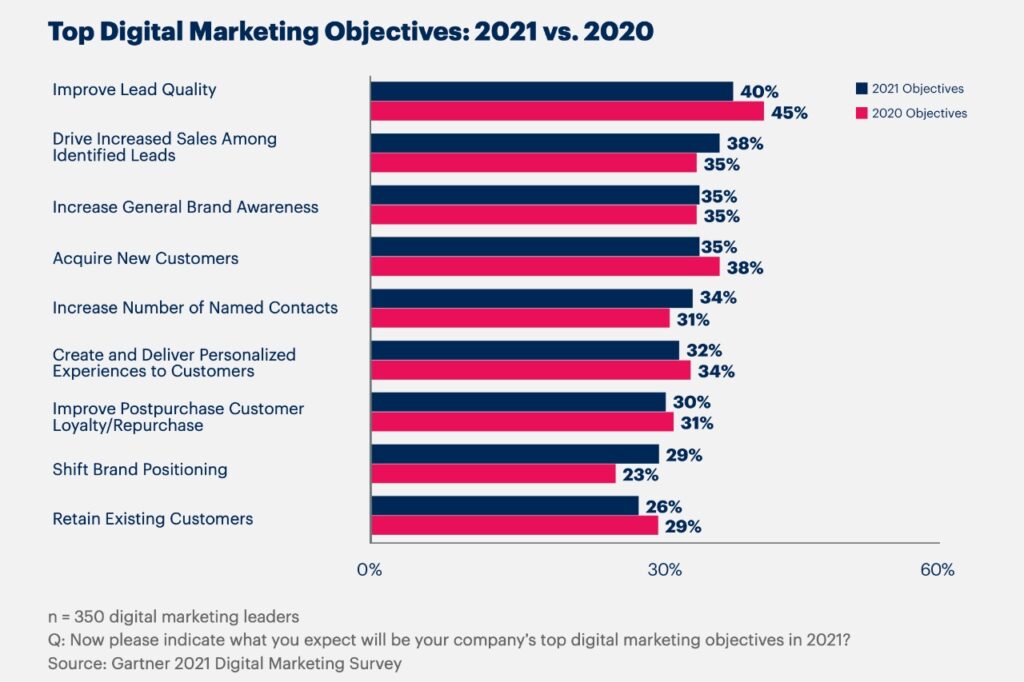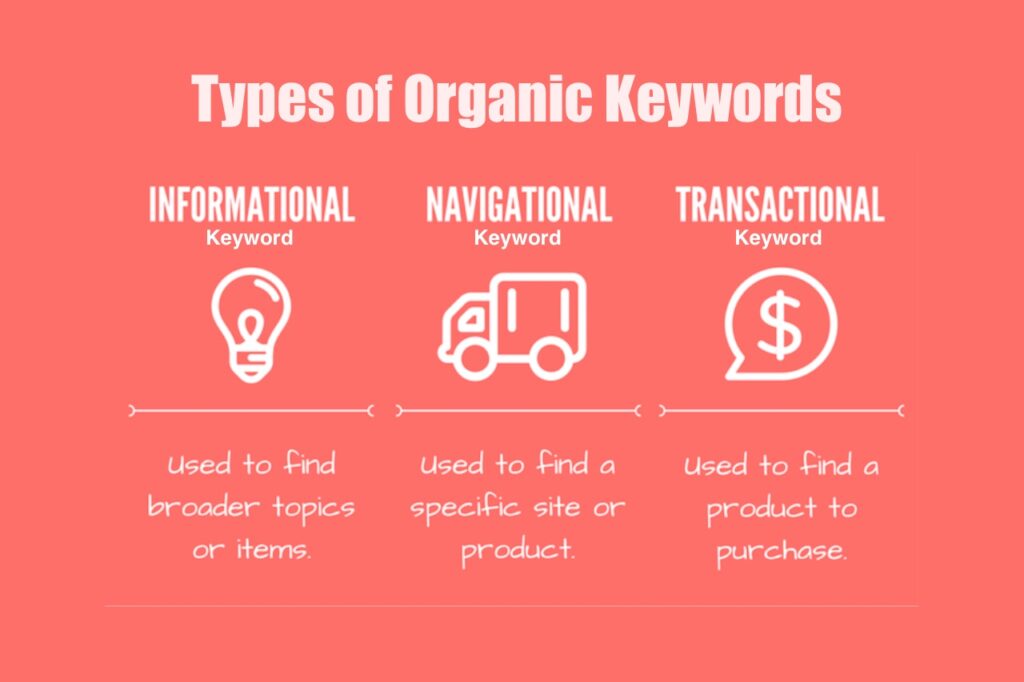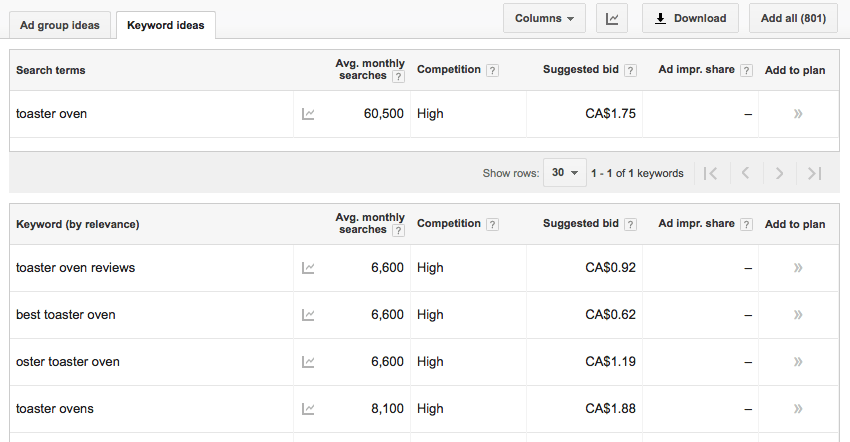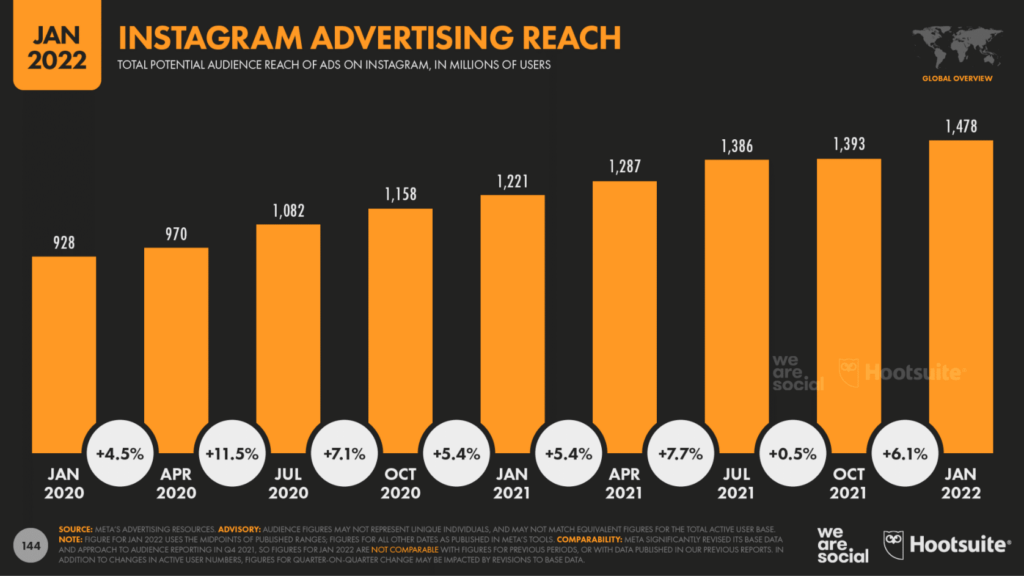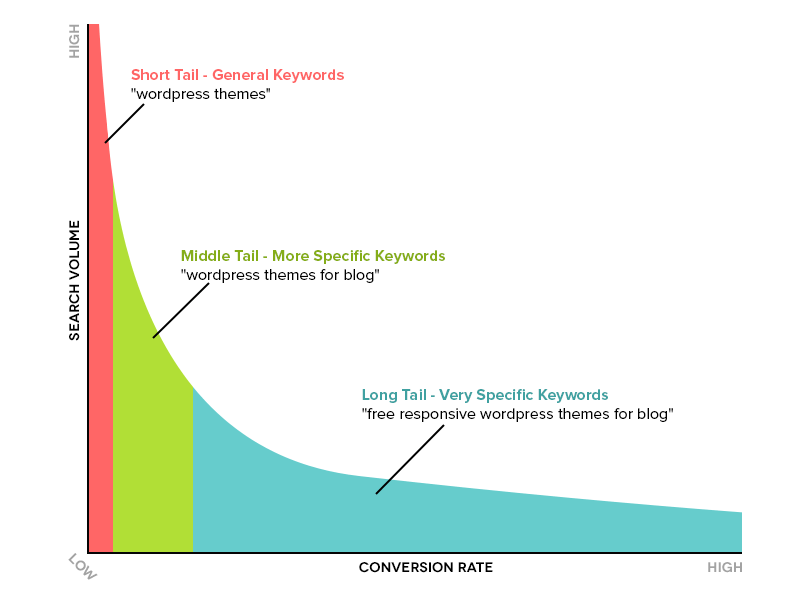Now you can do everything online. Your internet presence is crucial to success, from selling products to offering services. The number of internet users continues to increase every year, which also improves the effectiveness of digital marketing. This, coupled with new marketing techniques, has rendered the traditional marketing methods less effective. This blog will discuss digital marketing and how to get started with it. You’ll be able to understand the basics of digital marketing and learn how to advance your business. Let’s dive right into it.
What is Digital Marketing?
Marketing efforts conducted online are referred to as digital marketing or online marketing. The digital channels businesses use to reach current and potential customers include search engines, social media platforms, email, and other websites. In addition, this provides for the use of text messages and multimedia. Your brand awareness and business success largely depend on digital marketing at this stage. There is a website for every brand these days. However, social media presence or digital advertising strategy is a safe alternative if they don’t have one.
Why Is Digital Marketing Important?
Today, consumers expect and depend on digital content and marketing to learn about brands. With digital marketing, getting creative and experimenting with various marketing strategies is more cost-effective. To communicate with customers, digital marketing involves using numerous digital tactics and channels to reach them online. A great digital marketer knows how each campaign contributes to its overall goals. In addition, marketers can use free and paid media to support a more extensive campaign based on their marketing strategy. The business can create blog posts based on a newly created ebook to generate leads. The company’s social media marketer can promote these blog posts with paid and organic posts. Social media is extremely powerful for sharing content. Those who download the ebook may receive more information about the company from an email campaign launched by the email marketer. It goes without saying, you need to recruit quality writers for this.
Types of Digital Marketing
Here are the different types of digital marketing you might want to consider for your business.
I. Search Engine Optimization (SEO)
SEO helps your website and content to rank on Google or any search engine. SEO contains on-page (internal website improvements) and off-page (external help) optimization methods. According to SEO specialists at Austin Bryant Consulting, local SEO has become one of the most powerful digital marketing strategies for local businesses since more than 97% of people will discover a business by searching Google.
II. Content Marketing
Any type of content written comes under the umbrella of content marketing. Content marketing includes blogs, informative essays, emails, newsletters, etc. SEO and content marketing go hand in hand and are a powerful combination. Without good content, there would be no SEO. And without SEO, no one would find your content!
III. Social Media Marketing
Using social media to promote your company or brand is a powerful method to gain followers and increase brand exposure to the public.
IV. Pay Per Click (PPC)
Brands use PPC as paid advertisements to get leads, gain internet traction, and improve overall sales.
V. Affiliate Marketing
Brands use the services of affiliate marketers to promote their brand on other websites or social media platforms. Approximately 15% of digital marketing revenue is attributed to affiliate marketing.
VI. Native Advertising
Advertisements on a platform alongside non-paid content are known as native advertisements.
VII. Marketing Automation
Marketing automation uses software that automates basic marketing operations to improve overall efficiency.
VIII. Email Marketing
Email marketing includes sending cold emails to potential future customers to improve sales. It also includes emails to nurture previous and current customers to move them to purchase again.
IX. Online PR
Like traditional PR, online PR offers a much broader audience and brand exposure to increase brand awareness.
X. Inbound Marketing
At every stage of the buyer’s journey, inbound marketing attracts, engages, and delights customers.
XI. Sponsored Content
Sponsored content is created and promoted by another company or entity to promote your brand or service.
XII. Search Engine Marketing (SEM)
Promoting your business is a great opportunity when a potential lead searches for a similar product or company. Examples of SEM include Google Ads and Bing Ads.
XIII. Instant Messaging Marketing
It is fast and easy to reach potential leads through messaging platforms, even those who haven’t provided cell phone numbers. Next, let’s look at the steps involved in getting started with digital marketing.
How To Get Started With Digital Marketing
1. Define Your Goals
One goal can be to increase sales by featuring a specific product. For example, suppose you’re looking to promote your software development business. In that case, you’ll need to address SEO by using relevant keywords and optimizing your content to get potential customers on your site. Also, you can use PPC campaigns to drive traffic and increase sales. A company’s most important goals should be the starting point for shaping a digital marketing strategy. Defining a business goal gives you purpose and lays the foundation required to achieve that goal. It’s essential to consider the differences between short-term and long-term goals. When things change, keeping up with the business’s direction and priorities is crucial. Your digital marketing goals could be:
1.1 Increase Market Share
You might need to keep an eye on the competition to boost market share and compete well on every level.
1.2 Business Growth
You could consider increased revenues, new customers, or new products or services to increase software development.
1.3 Market Expansion
Expanding the market to reach new audiences, either internationally or by introducing new regions.
2. Identify Your Target Audience
Digital marketing allows for targeting specific audiences – the best advantage it offers. However, if you haven’t identified your target audience, you can’t capitalize well on this advantage. Depending on the channel you choose, your target audience might differ. The goals you’re trying to achieve will also influence your choice when selecting a digital marketing channel. For example, your Instagram audience might consist of mostly younger users who prefer funny memes and short videos. On the other hand, your LinkedIn audience might be older and more business-focused. You’ll need to vary your content to appeal to these different audiences. For example, if your audience consists of users who want to find anagram unscramblers, you must provide educational content. The amount of data at our disposal as marketers and business operators is nearly limitless. By analyzing Google Analytics and Search Console, we can understand how users find our website and what they do once they get there. Once you know your target audience, use analytics to see more helpful information about them so you can provide tailored content and advertisements for them. You can also track your fans and customers through Facebook Insights and Ad Manager based on age, location, relationship status, interests, and behaviors. Social media lets you quickly discover customers’ experiences and opinions about your company and products. You can create a better strategy for your target audience by Leveraging these and other lead generation software.
3. Set A Budget
As with anything, the budget determines what digital marketing strategies you can leverage. You must tailor your budget based on the digital marketing goals you have. The cost of inbound marketing techniques such as SEO, social media, and content creation for existing websites is relatively low. If you don’t intend to outsource the work, you will only need to invest your time in creating high-quality content your audience will want to consume. Undeniably, some cost is associated with outbound techniques such as online advertising and purchasing email lists. Depending on the level of visibility you want, advertising costs vary. If you’re looking to budget for an online store, using the power of social media and SEO to get free organic traffic might be among the best benefits of e-commerce. You can also use Google Adwords to promote your business and increase your visibility on Google for keywords associated with your business by bidding against other companies. This can be very affordable, depending on how competitive the keyword is, which is why it is also a good idea to focus on building your organic reach.
4. Paid Vs. Free Online Advertising
Free online advertising means you don’t have to pay for anything. It includes tools for increasing web traffic and crawling and indexing your website. The tools can enable you to create backlinks and build referral networks. Ultimately, you’ll improve your brand exposure and reach. Paid online advertising is anything you need to shell out money to have your content appear in front of users. The methods include:
Pay-per-click (PPC) Facebook and Instagram Ads Banner advertisements Paid search engine results Google Adwords Twitter advertisements Online partnerships
A digital marketing strategy should include paid and free aspects to be effective. The first six months, despite minimal advertising, can yield substantial results if you build detailed buyer personas (descriptions of users representing your target audience) and create quality online content to engage and convert your audience. The results might come faster if you include paid advertising in your digital strategy. Adding influencer marketing to your strategy can yield high-potential results. Content, SEO, and social media are the most effective methods for building organic reach. Try both and learn which channels work best for you.
5. Create Engaging Content
Your next step is creating engaging content for various channels based on your audience and budget. Many types of content can be used as part of this campaign, including social media posts, blog posts, PPC ads, sponsored content, email newsletters, and more. You’ll need to hire writing specialists to create quality content. Marketing content aims to increase brand awareness and generate leads, so your content must be engaging and exciting to your audience.
5.1 Blog Posts
Blogs allow you to demonstrate your industry expertise and generate organic search traffic for your business. Ultimately, this will result in your sales team generating more leads from your website as long as it’s relatable to the audience. If your business is about stock trading, you’ll need to publish articles on dividend stocks and other related topics.
5.2 Ebooks And Whitepapers
Long-form content such as ebooks and whitepapers helps visitors learn more about your website. As well as generating leads for your company, it also moves people through the buyer’s journey by exchanging content for their contact information.
5.3 Infographics
Some people prefer visual content over reading. Visitors to your website can learn new concepts by seeing infographics, which are graphical representations of the point you are making.
5.4 Audio Or Video Content
In addition to a video and audio platform, there are many channels for digital marketing. You can significantly expand your potential audience by creating online video content or broadcasting audio content using podcast software. For instance, if your product is gym supplements or proteins, you can publish videos of pre-workout routines to keep your content relevant to your product.
6. Optimize Content For Mobile
Mobile marketing is also an essential part of digital marketing. U.S. smartphone users consume 69% of digital media, while desktop users consume less than half. Mobile-optimizing your digital ads, web pages, social media images, and other assets is crucial. Digital marketing also includes mobile apps that let users shop for your products or engage with your brand. The goal is to make browsing on mobile devices more user-friendly by using a responsive or smartphone-friendly website. In addition, you may need to reduce the length of your lead generation forms so people can download your content on the go without hassle. You should always consider smartphone users when creating social media images. This is because images on mobile devices are smaller, and you don’t get standard text format. You can optimize mobile marketing assets in many ways. When developing a digital marketing strategy, it’s essential to consider how it will work on mobile devices. This way, you’ll be able to create digital experiences that work for your audience and get the desired results.
7. Conduct Keyword Research
Personalized content is the key to digital marketing – and keyword research is crucial for this process. It gets your brand a better ranking on the SERP. This way, you can ensure your content and website is visible to most people. Also, using keywords to market your products or services can help you reach your target audience through social media. Create a list of high-performance keywords related to your products or services. You should also consider long-tail variations to increase your chances of success. Just to cover all bases, let’s look at different keywords.
7.1 Short Tail Keywords
Short tail keywords are the most generic keywords that only contain one or two words. Since they are generic words, their search volume is exceptionally high, but they offer very little value in terms of conversion rate. However, the competition is highest since these keywords have broad meanings. Due to exceptional competition, it is hard to get your short tail keywords ranked on the first page of Google. In most cases, you’ll pay a lot more and spend excessive time just to get these keywords ranked. Our advice is to skip short tail keywords altogether. However, if you’re conducting keyword research for a brand that is already well known and has a strong internet presence, then using short tail keywords can be justified.
7.2 Middle Tail Keywords
The middle tail keywords range in length from three to four words. In terms of search volume and competition, these keywords have a moderate level of search activity. Middle tail keywords are targeted toward the users, which is why the conversion rates are also modest. Middle tail keywords are good to choose when conducting keyword research for the many untapped terms available. In most cases, you can rank on the first page of Google for a three- or four-word term.
7.3 Long Tail Keywords
Keywords with five words or more are considered long tail keywords. In addition to having the lowest search volume, these keywords also have the lowest competition. Despite this, long tail keywords have the highest conversion rate since these keywords target the searcher directly. Choosing long tail keywords is the most effective approach to keyword research for new websites or if you want to increase conversion rates. It’s because there are still many hidden gems to optimize for. In addition, picking long tail keywords can increase your SEO quickly and increase traffic to your website. Often, more prominent brands avoid long tail keywords in keyword research because they don’t consider them valuable. To some extent, those companies prefer short and medium tails for high search volumes.
8. Measure your results
As a final point, analytics are essential. Your team must learn how to pivot from analytics to establish a long-term digital marketing strategy. Your analytics can tell what the followers like to see or what type of content is in demand. You’ll need to create different content for different social media platforms. For example, your Twitter followers become less responsive because of similar content – indicating that you need to change your content. When you find such opportunities, it’s a good chance to re-examine your strategies for all social media platforms. Optimize content for all platforms to get the most benefit out of it, whether branded, funny or educational content. You can also check analytics for website pages to find out how your website is performing. There are specific metrics to look out for when ensuring website content quality. For instance, you can check the number of users, clicks, churn rate, and traffic to gauge the website’s effectiveness in bringing new visitors and keeping them on it. Further, you may find a web page that was getting a lot of traffic may no longer receive the same amount of traffic as it once did. To ensure visitors find the most relevant, fresh content, you may want to update the page or remove it altogether. Taking advantage of digital marketing has become an increasingly important part of every business’s growth. Data-driven insights into user behavior help your company distinguish between opinion and fact.
Wrapping Up
A conversion or customer acquisition opportunity is any time you can connect with your audience. By reaching prospective buyers through a wide range of channels, digital marketing creates many opportunities. Promoting your business, service, or product online, whether via social media platforms, websites, or text messages, is invaluable. Maintaining your business’s social media presence and posting fresh content on your website are irreplaceable actions you can’t avoid. Moreover, you can also employ paid online marketing in your digital marketing strategy to maximize the results. Take some time to understand your audience and build your strategies around them while keeping an eye on analytics for constant feedback on the quality of your marketing efforts.
